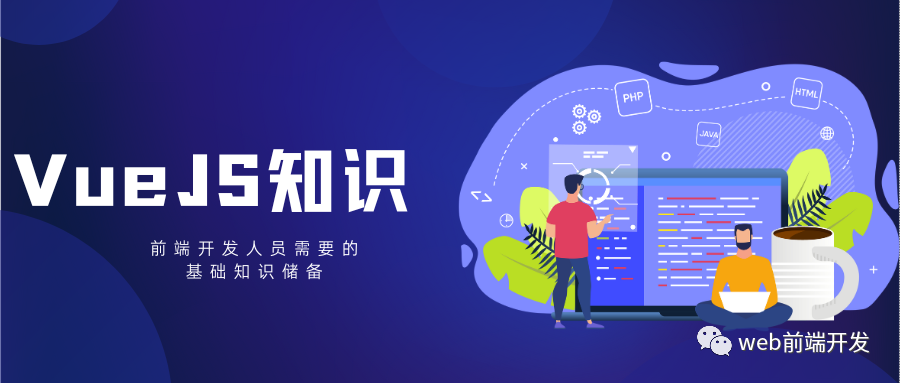 ?
?
英文 | https://medium.com/@terawuthTh/7-most-commonly-used-vue-3-f7a70b9080c7
介紹:
由于我在工作的公司中角色和職責的變化,作為后端開發人員的我在去年年底選擇了 Vue.js。當我深入研究時,我發現 Vue.js 非常有趣。它不像 Angular 那樣有很高的學習曲線,而且比 React 更輕量和靈活。
Vue.js 絕對是一個用于構建用戶界面的強大 JavaScript 框架。為了創建具有視覺吸引力的交互式用戶界面,合并 UI 組件非常重要。
在這篇文章中,我將介紹我在工作中經常使用的 7 個 UI 組件。我還將介紹它們的目的、實施示例和現實生活中的用例。
UI 組件的重要性
UI 組件在 Vue.js 開發中發揮著重要作用。通過將復雜的接口分解為模塊化、可重用的組件,開發人員可以創建可擴展且高效的代碼,更易于維護和故障排除。
此外,合并 UI 組件還可以改善用戶體驗和界面一致性,因為用戶將在不同的頁面或應用程序中獲得熟悉的體驗。
Vue.js 7 個最常用的 UI 組件
1. 按鈕組件
按鈕使用戶能夠與應用程序交互。在網站上看不到按鈕幾乎是不可能的。它可能是最簡單的組件之一,但其用途卻并非如此。這是網站的號召性用語。因此,請仔細思考如何使其脫穎而出,如何處理不同的狀態以及如何使用它來驗證某些操作。
現實項目中的示例:注冊表單的提交按鈕、電子商務網站上的“添加到購物車”按鈕。
這是一個簡單的例子: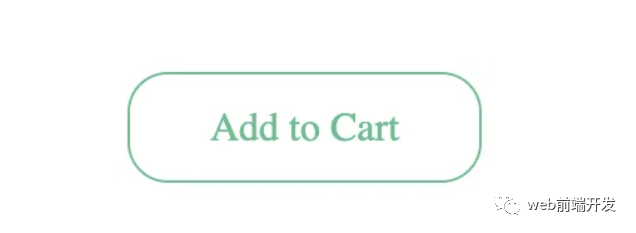
<template> <button>{{props.title || 'Add To Cart'}}</button></template><script setup> const props = defineProps(['title']);</script><style>button { color: #4fc08d;}button { background: none; border: solid 1px; border-radius: 1em; font: inherit; padding: 0.65em 2em;}</style>
演示:https://codepen.io/terawuth/pen/poqRJvZ
2. 表單組件
表單用于收集 Web 應用程序中的用戶輸入,并且可以針對不同的輸入類型(文本、電子郵件、密碼等)進行自定義。 在網站上很難不看到表單。 驗證、步驟或指南等元素對于改善表單填寫體驗大有幫助。
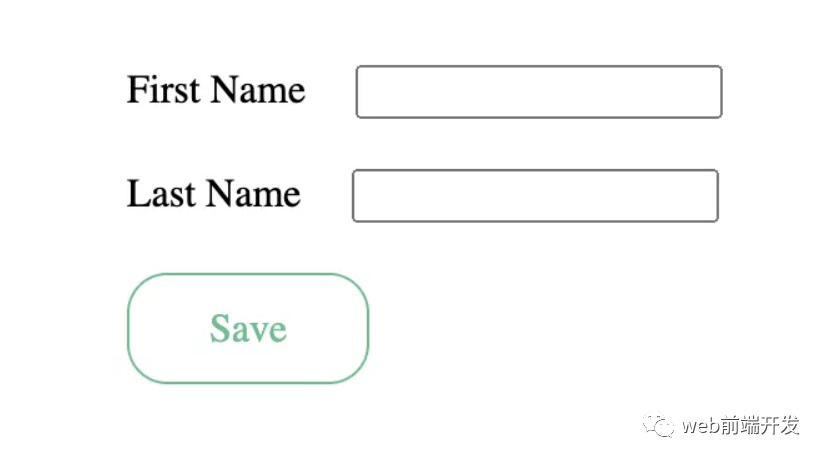
現實項目中的示例:用于注冊、聯系或登錄的用戶輸入表單。
<template> <div> <form> <div> <label>First Name</label> <input type="text" name="first_name" v-model="firstName" /> </div> <div> <label>Last Name</label> <input type="text" name="last_name" v-model="lastName" /> </div> <div> <Button @click="onSave" title="Save" /> </div> </form> </div></template><script setup>import { ref } from "vue";import Button from "https://codepen.io/terawuthth/pen/poqRJvZ.js";const firstName = ref("");const lastName = ref("");const onSave = () => alert("Save !!");</script><style>form { display: flex; flex-direction: column;}.form-item input { margin-left: 20px}.form-item { margin-top: 20px;}</style>
演示:https://codepen.io/terawuth/pen/KKbzLzK
3.卡片組件
卡片用于以視覺上吸引人的方式組織和顯示信息。如今,卡片組件非常常見,尤其是在社交媒體網站上。盡管卡片組件以一種美觀且干凈的方式呈現信息,但必須小心不要在卡片上放置太多數據。
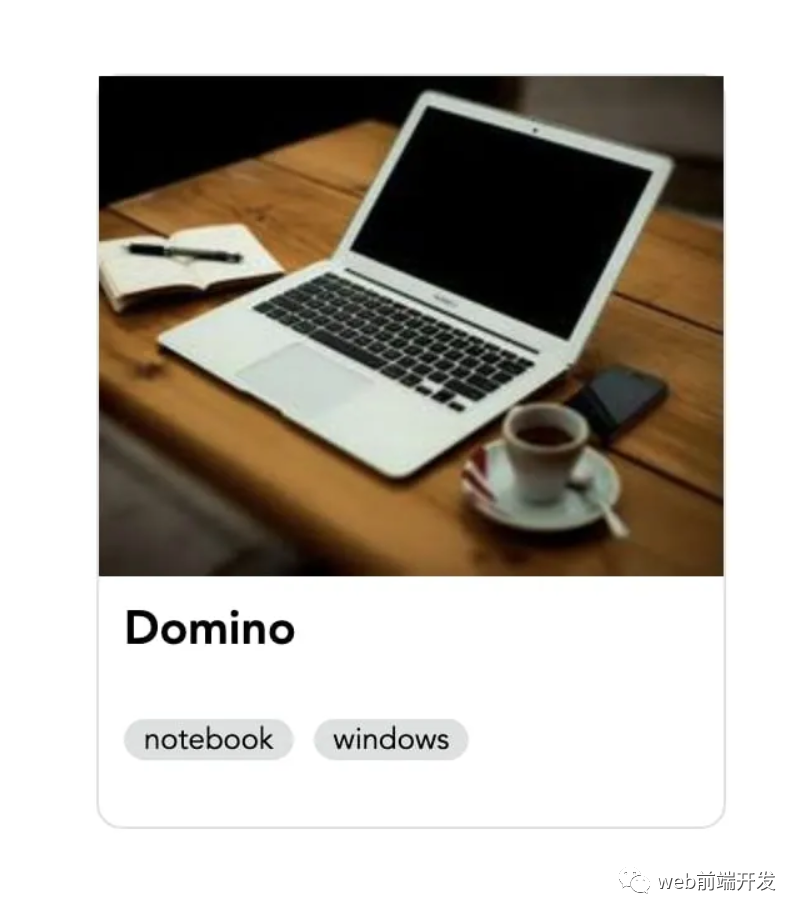
現實項目中的示例:網站上的新聞文章卡、社交媒體資料卡。
<template> <div> <div> <img :src="product.image" alt="Product" /> </div> <div> <div> <h3> <a :href="product.link">{{ product.name }}</a> </h3> </div> <div> <a v-for="tag in tags" :href="tag.link"> <span>{{ tag.name }}</span> </a> </div> </div> </div></template><script setup>import { ref, reactive } from "vue";const tags = ref([ { link: "#", name: "notebook" }, { link: "#", name: "windows" }]);const product = reactive({ name: "Domino", image: "https://picsum.photos/id/2/250/200", link: "#"});</script><style>.card { width: 250px; height: 300px; border: 1px solid #dedfdf; border-radius: 10px;}.card:hover { border: 2px solid #adaeae; box-shadow: 2px 2px #adaeae;}.card .img-product { height: 60%; margin: 0;}.card .img-product img { height: 200px; width: 100%;}.detail { height: 40%; padding: 10px; display: flex; flex-direction: column; justify-content: start; align-items: start;}.tag a { color: black; background-color: #dedfdf; padding: 0 8px 0 8px; border-radius: 20px; text-decoration: none;}.tag a:not(:first-child) { margin-left: 8px;}.detail a { color: black; text-decoration: none;}.detail .tag a:hover { color: #fff; background-color: #fc6969;}.detail .title h3:hover { color: #fc6969;}</style>
演示:https://codepen.io/terawuth/pen/XWogWqW
4. 導航組件
導航允許用戶導航到應用程序內的不同部分或頁面。大多數網站至少有 1 個菜單。菜單對于引導用戶非常重要,但太多菜單或不正確的菜單分組可能會導致混亂。

現實項目中的示例:公司網站的導航欄、餐廳網站的菜單。
<template> <div> <a v-for="menu in menuList" :class="{ active: menu.name === activeMenu }" :href="menu.link" > {{ menu.name }} </a> </div></template><script setup>import { ref } from "vue";const activeMenu = ref("menu1");const menuList = ref([ { link: "#", name: "menu1" }, { link: "#", name: "menu2" }, { link: "#", name: "menu3" }]);</script><style>body { margin: 0; padding: 0;}.nav { overflow: hidden; background-color: #333;}
.nav a { float: left; color: #f2f2f2; text-align: center; padding: 14px 16px; text-decoration: none; font-size: 17px;}
.nav a:hover { background-color: #ddd; color: black;}
.nav a.active { background-color: #04aa6d; color: white;}</style>
演示:https://codepen.io/terawuth/pen/bGOwJvo
5. 模態組件
模態框用于在主要內容之上的彈出窗口中顯示內容。它非常適合在不進入新頁面的情況下顯示有意義的信息。雖然它可以讓用戶專注于特定的地方,但它可能會讓人厭煩。一個例子是廣告模式。
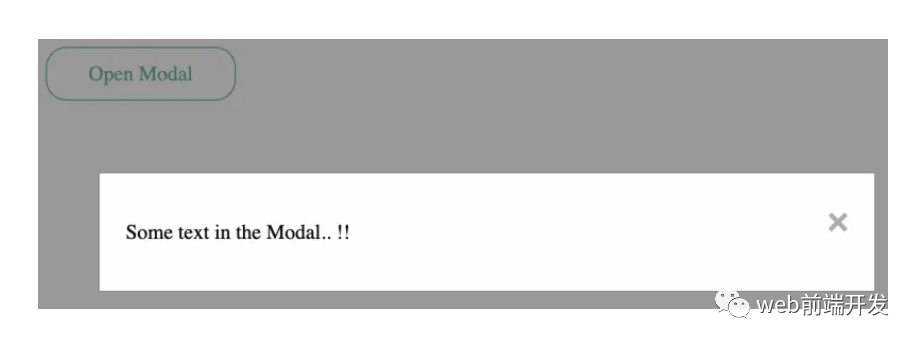
現實項目中的示例:登錄或注冊彈出窗口、確認消息。
<template> <div> <Button @click="showModal" title="Open Modal" /> <!-- The Modal --> <div id="myModal" class="modal" :style="{ display: modalDisplay }"> <div class="modal-content"> <span class="close" @click="closeModal">×</span> <p>{{ content }}</p> </div> </div> </div></template><script setup>import { ref } from "vue";import Button from "https://codepen.io/terawuthth/pen/poqRJvZ.js";const modalDisplay = ref("none");const content = ref("Some text in the Modal.. !!");const showModal = () => { modalDisplay.value = "block";};const closeModal = () => (modalDisplay.value = "none");</script><style>.modal { position: fixed; z-index: 1; left: 0; top: 0; width: 100%; height: 100%; overflow: auto; background-color: rgb(0, 0, 0); background-color: rgba(0, 0, 0, 0.4);}.modal-content { background-color: #fefefe; margin: 15% auto; padding: 20px; border: 1px solid #888; width: 80%;}.close { color: #aaa; float: right; font-size: 28px; font-weight: bold;}.close:hover,.close:focus { color: black; text-decoration: none; cursor: pointer;}</style>
演示:https://codepen.io/terawuth/pen/gOZRRdo
6. 警報組件
警報提供反饋并通知用戶有關應用程序中的重要信息或事件。警報是一種非常有用的方式來反饋用戶而不打擾他們。但我們應該考慮何時使用一段時間后消失的警報或何時需要用戶關閉警報。

現實項目中的示例:付款或交易的成功或錯誤消息、站點維護通知。
<template> <div class="alert" :style="{ display: alertDisplay }"> <span class="closebtn" @click="closeAlert" onclick="this.parentElement.style.display='none';" > × </span> This is an alert box. </div></template><script setup>import { ref } from "vue";const isAlert = ref(true);const alertDisplay = ref("block");const closeAlert = () => (alertDisplay.value = "none");</script><style>.alert { padding: 20px; background-color: #f44336; color: white; margin-bottom: 15px;}.closebtn { margin-left: 15px; color: white; font-weight: bold; float: right; font-size: 22px; line-height: 20px; cursor: pointer; transition: 0.3s;}.closebtn:hover { color: black;}</style>
演示:https://codepen.io/terawuth/pen/WNLOyOo
7.頭像組件
頭像是代表應用程序中用戶的圖標或圖像。它們使用戶帳戶更加個性化并且易于用戶識別。
但是,并非所有系統都需要用戶帳戶具有圖標或圖像。如果用戶不上傳它們,我們應該提供默認圖像或使用他們名字的首字母以提供更好的用戶體驗。

現實項目中的示例:社交媒體網站或聊天應用程序上的用戶個人資料。
<template> <div class="avatar"> <img :src="imgPath" id="img-avatar" alt="Avatar" /> </div></template><script setup>import { ref } from "vue";const imgPath = ref( "https://picsum.photos/id/866/50/50");</script><style scoped>.avatar { vertical-align: middle; width: 50px; height: 50px;}#img-avatar { border-radius: 50%;}</style>
演示:https://codepen.io/terawuth/pen/PoXJeqK
注意:您可以在此地址:https://codepen.io/collection/bNmVjq中找到 7 個 UI 組件集合的代碼。
優點和注意事項
在 Vue.js 開發中使用這些 UI 組件的好處包括:
提高代碼的可重用性和可維護性
改進了界面一致性和用戶體驗
使用預構建組件縮短開發時間
然而,考慮一些限制或缺點也很重要,例如,由于頁面上有大量組件而導致的潛在性能問題,或者需要超出預構建組件提供范圍的自定義。 因此,在使用預構建組件和定制代碼之間取得平衡非常重要。就我而言,我來自使用 Node.js(基于 Javascript)的后端開發。 我不必同時學習新語言和新框架。
此外,Vue.js 文檔鼓勵新手使用函數式編程原則(例如 Composition API)進行開發。 同樣,鼓勵后端開發人員盡可能使用這個概念,從而使向前端開發的過渡變得更容易。
結論
Vue.js 是一個用于開發引人入勝的用戶界面的強大工具,合并 UI 組件可以將您的項目提升到一個新的水平。 這些只是我個人對 7 個最常用 UI 組件的看法,開發人員可以創建用戶喜歡的可擴展、高效且具有視覺吸引力的界面。
作為一個剛接觸 Vue.js 的后端開發人員,我還有很多東西需要學習。 希望通過分享我的經驗旅程,可以鼓勵任何有興趣學習和擴展對 Vue.js 中 UI 組件開發的理解的人。
該文章在 2024/10/14 10:09:12 編輯過